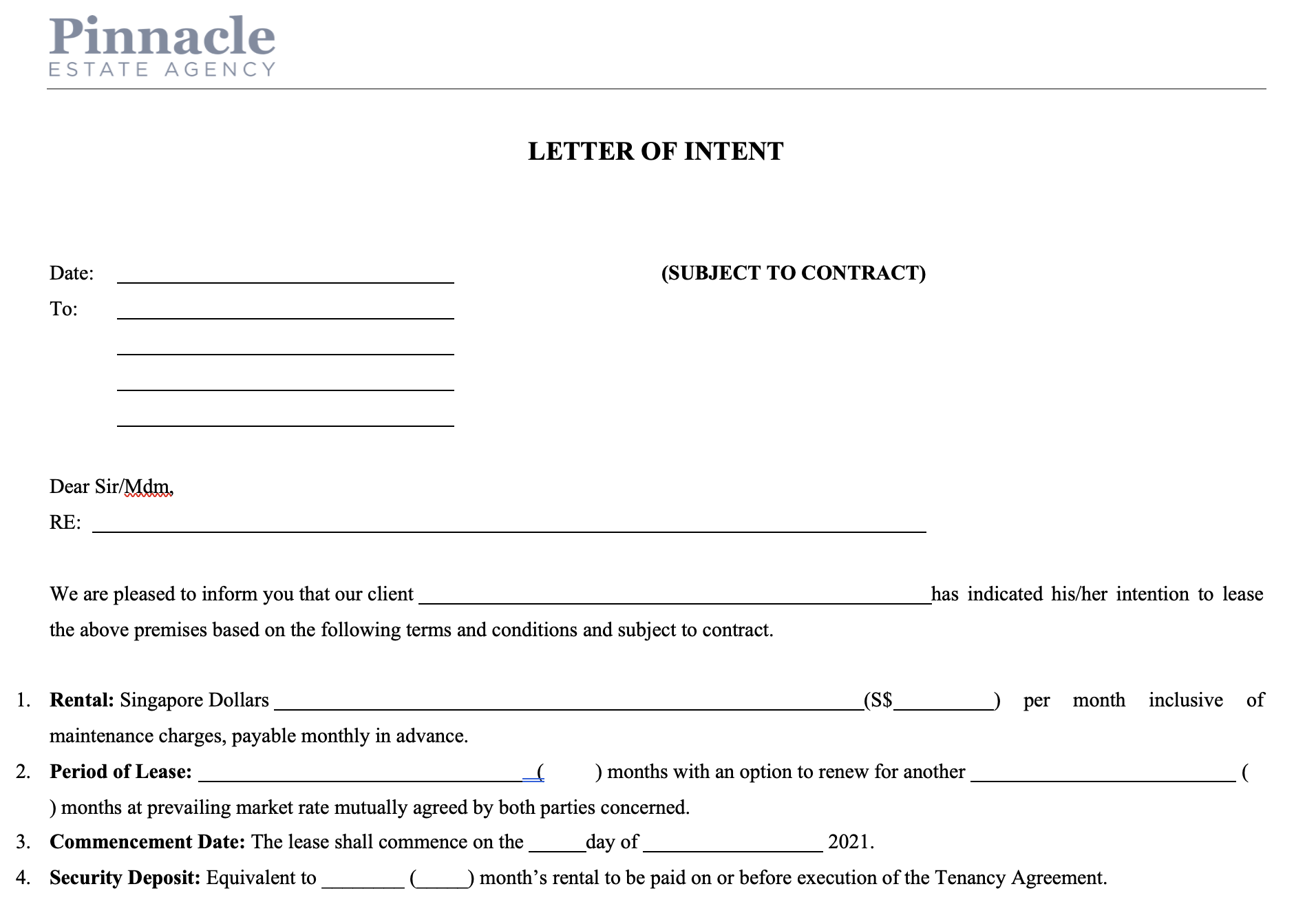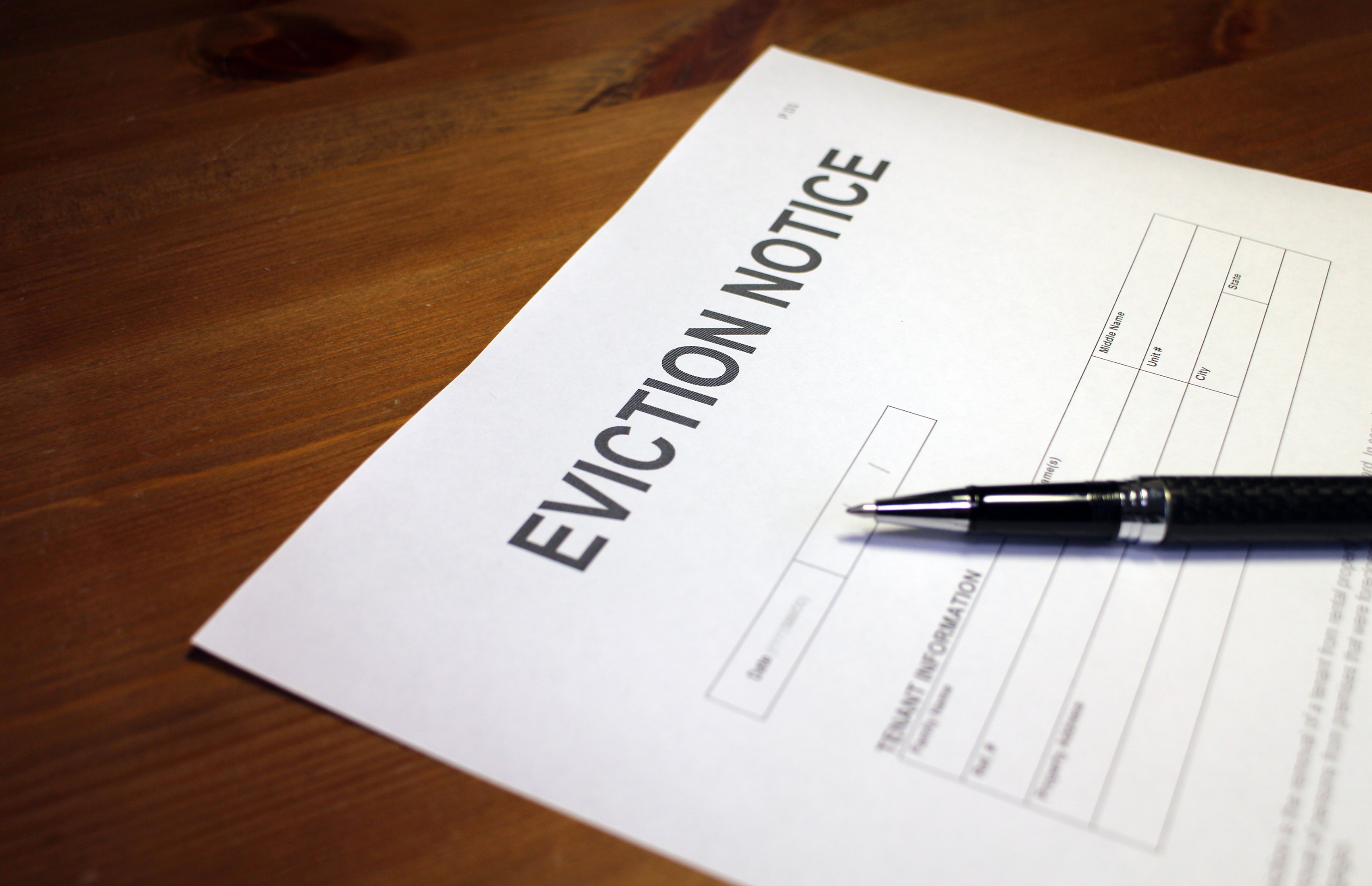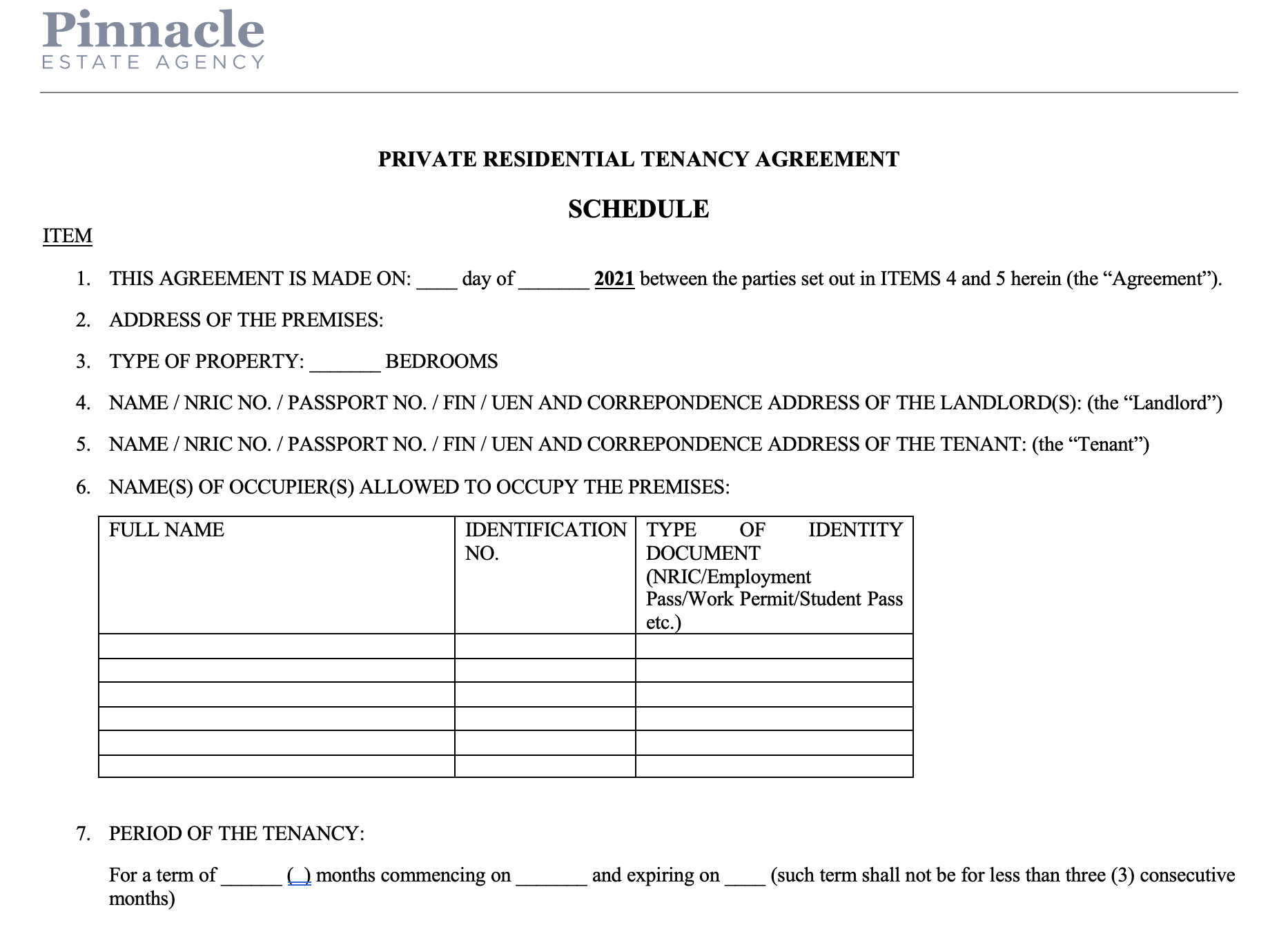Writs of Distress Can Help Landlords Collect Unpaid Rent from Tenants
This article explains the overview, application procedure, and what happens in the execution of writs of distress
A writ of distress is a court order in response to a landlord applying for it. This allows a court enforcement officer (sheriff) to go into a property and take possession of the tenant’s belongings in order to sell them to recover back rent owed by the tenant.
With a writ of distress, a landlord can claim up to 12 months of unpaid rent from the application date of the writ of distress.
In cases in which the tenant has abandoned the property when the writ is granted, the landlord is empowered to take back possession of his/her property if at least two months’ rent is owed. This applies even if the lease has not yet expired.
Table of Contents
Which Possessions Cannot be Seized with a Writ of Distress?
Application Procedure for a Writ of Distress
What Happens in the Execution of a Writ of Distress?
What Happens if the Tenant Removes Their Belongings Before the Seizure?
What Happens if the Sheriff Seizes Items Belonging to a Subtenant?
Which Possessions Cannot be Seized with a Writ of Distress?
The sheriff is allowed to seize anything inside the premises, except for the following:
- Any items that the tenant is physically holding when the seizure takes place;
- Any implements or tools, if there are other items inside the premises to seize that will fully cover the amount stated in the writ of distress;
- Clothing and bedding;
- Any items related to the tenant’s work;
- Any items belonging to guests if the property is a hotel; and
- Any items that law enforcement has already taken custody of.
Application Procedure for a Writ of Distress
An ex parte originating summons must be filed along with an affidavit supporting the claim on a form set forth by the Rules of Court, We recommend that you hire a lawyer to handle this for you.
What Happens in the Execution of a Writ of Distress?
Once the writ is executed, the sheriff drives to the premises, enters, and seizes the tenant’s belongings. The sheriff will then give the tenant a notice of the seizure and a list of the items seized.
At that point, the tenant is given five days to do either of the following:
- Pay the full amount of rent owed, legal fees and sheriff’s costs; or
- Apply to the court to prevent the sale of his/her items.
If the tenant fails to take either of these steps, his/her possessions will be auctioned off. The proceeds derived from the auction will be prioritised as follows:
- Pay for fees and expenses of the sheriff
- Pay the landlord the rent and costs owed by the tenant
- Any remaining amount will be turned over to the tenant
What Happens if the Tenant Removes Their Belongings Before the Seizure?
If the tenant removes things from the premises prior to the sheriff arriving, or just as he drives up, the sheriff has the power to, within 30 days of the items being removed, locate those items, and seize them from that location.
What Happens if the Sheriff Seizes Items Belonging to a Subtenant?
If the sheriff inadvertently seizes items belonging to a subtenant, he/she can apply to the court for those items to be returned.
In a case like that, the subtenant is required to pay the back rent, and any upcoming rent, to the landlord directly rather than to the primary tenant prior to the court ordering the items be returned.
The procedure for applying for a writ of distress can be quite easy for landlords who have been down this road before.
But truthfully, this procedure goes back to 1935 and even though it’s been updated many times, it can be quite complicated unless you have an experienced lawyer handling it for you.
Therefore, if you’re a landlord with a deadbeat tenant who is not paying rent, we would be happy to refer you to one of our partner lawyers with plenty of experience on writs of distress.
Disclaimer: The information provided in this article does not constitute legal advice. We recommend that you get the specific legal advice you need from an experienced attorney prior to taking any legal action. While we try our best to make sure that the information provided on our website is accurate, you take a risk by relying on it.
At Pinnacle Estate Agency, we strongly believe in sharing our real estate knowledge to the public. For more content like this article, check out our Singapore Property Guides.












